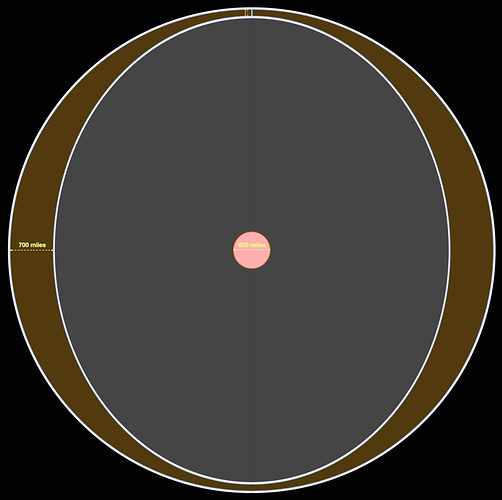@deandddd , that's an astute observation...I've been thinking about why the Abyss was often referred to as the "dark Abyss"...that was probably from the Hollow Earther's point of view . I say this because , someone entering the Hollow Earth from the outer surface , would be pleasantly surprised to see the pristine Hollow Earth environment , as an abode of light - why would they call it a dark place , or an "underworld" ?? Rather , they would more likely consider it a Sunny Paradise...the same way Olaf Jansen described it . So , there has been some sort of a "reversal/inversion" of ancient legends about the Abyss .
**Here is what I think happened before the ice age : Some "migrants" from Hollow Earth (perhaps , our ancient ancestors) , who were used to having 24/7 sunlight (from the inner sun) , inadvertently , or maybe on purpose , entered the Abyss and emerged onto the outer surface , during the Arctic winter...they must have been absolutely bewildered to enter this inhospitable "Underworld" (from their point of view) , where there was no sunlight and it was bitterly cold . They named this "Purgatory" as "Tartarus" (every culture has it's own version/variant of these same terms) . Now guess what - Tartarus was actually the ancient name for the Siberian part of Russia !!
Then , over thousands of years , these people got cut off from the Hollow Earth civilisation (probably due to the ice age) and the original CONTEXT of these "mythologies" and terms was completely forgotten , or gotten totally confused !
Regards

